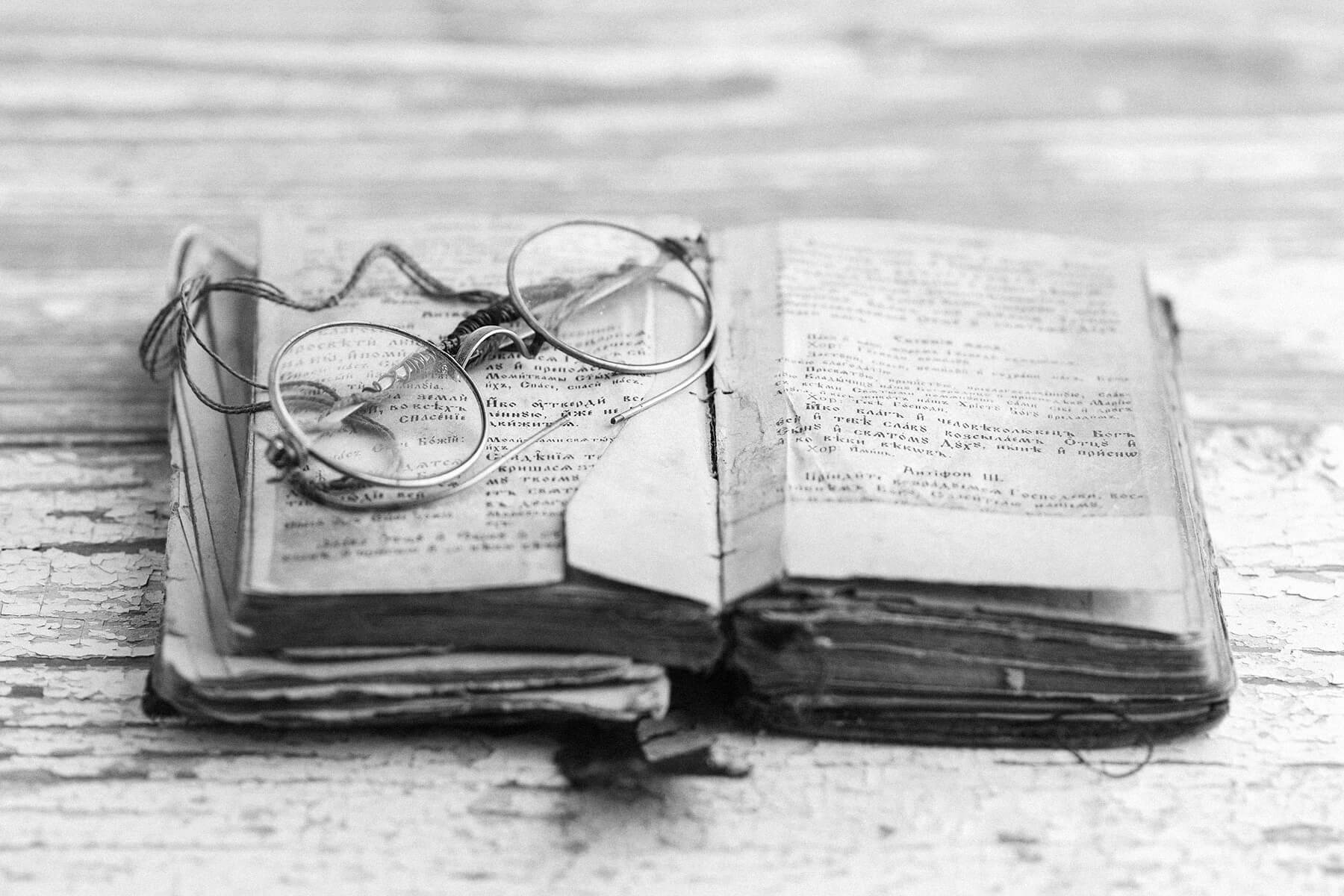We’ve all been there, debating whether or not to open a bottle of wine (or another bottle of wine) when you’re only craving one glass. It’s hard to justify uncorking an entire bottle; you don’t want the leftovers going bad sitting on your kitchen counter. Thankfully, there’s a sommelier-approved trick to keep your opened wine…
How To Keep an Open Bottle of Wine Fresher Longer
According to sommelier and wine educator Warner Boin of Confidence Uncorked (@confidenceuncorked), there’s an easy way to extend the lifespan of an open bottle. It’s simple: Don’t put the cork back in the bottle. Instead, pour your leftover wine into a smaller, airtight container, such as a Mason jar.
Why? In a recent TikTok, Boin explained that storing wine this way limits the amount of oxygen it’s exposed to, helping it stay fresh longer. You may want to keep a few different-sized airtight containers on hand so you can pour wine right up to the brim.
More from our network
House Outlook is part of Optimism, which publishes content that uplifts, informs, and inspires.
Corking a half-empty bottle of wine traps a considerable amount of oxygen inside, and when that pinot noir is exposed to oxygen, it undergoes oxidation. This chemical reaction, while a key part of the winemaking process, also triggers a series of chemical reactions that convert ethanol (what we refer to as alcohol) into acetaldehyde, ultimately producing the smell and taste of vinegar. Corks are also porous, which allows even more oxygen to seep into your wine bottle.
In short, the less oxygen your leftover wine encounters, the better. The next time you uncork a bottle of sauvignon blanc to pair with grilled shrimp, grab an appropriately-sized Mason jar to decant your leftover wine into. Once sealed and refrigerated, you’ll notice a significant difference in taste, even a couple of days later.
How To Tell if an Opened Bottle of Wine Is Bad
Not sure if that bottle you opened on Friday is worth drinking on Monday? Use your senses to determine whether it’s still sippable or needs to be dumped down the drain. First, look for discoloration — red wine will turn brownish, and white wine darkens to yellow. Then smell it. If you get a whiff of vinegar, wet cardboard, chemicals, or rotten eggs, it’s gone bad. If you’re still not sure, take a sip. Bad wine can taste like vinegar or may take on bitter or metallic qualities.















